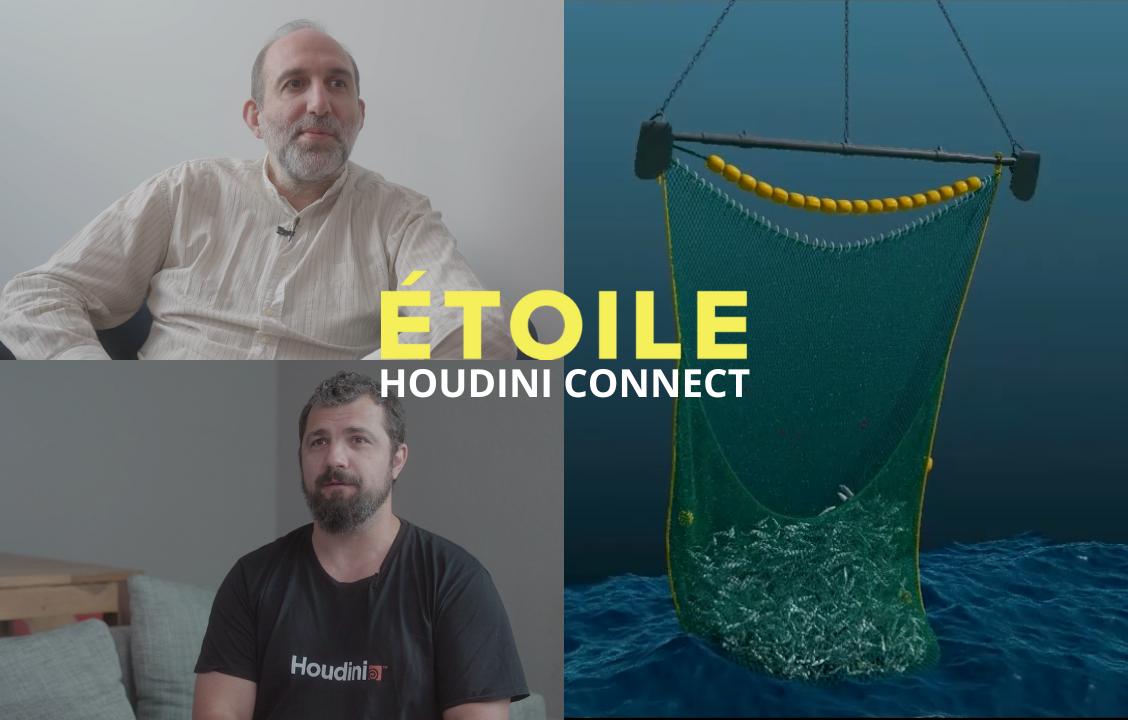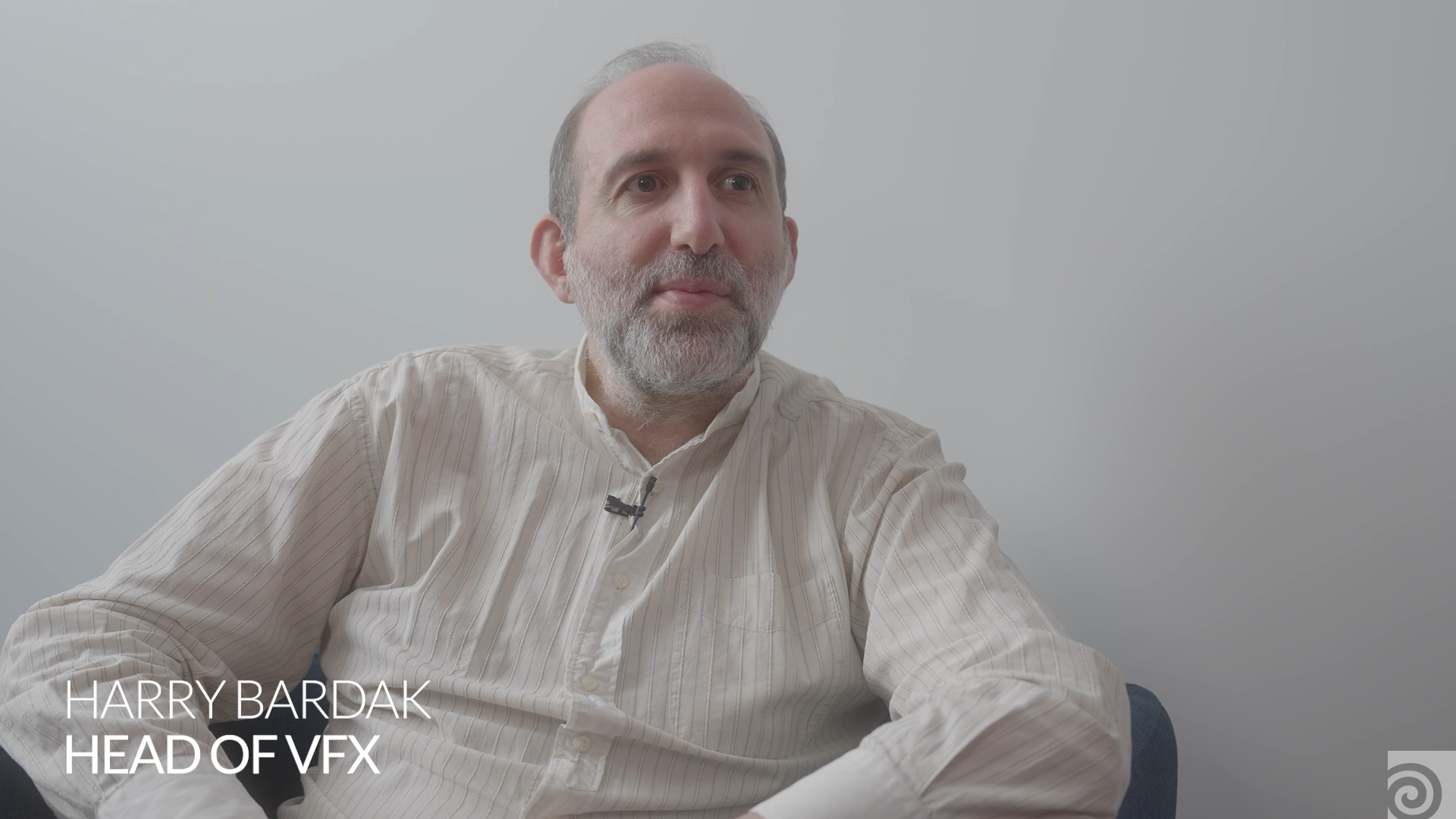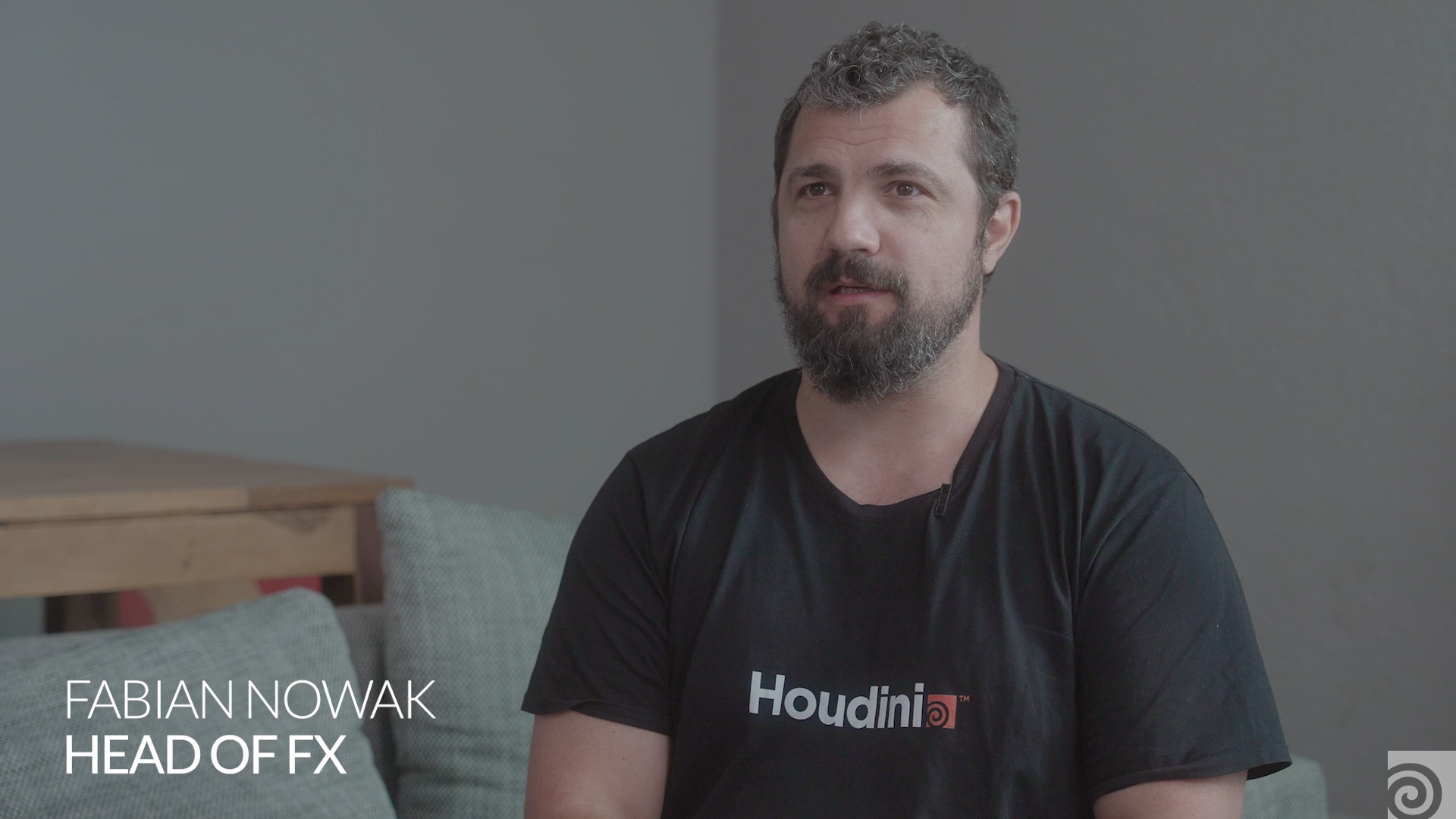
An eco-boat, a trawler, and a raging storm: discover how The Yard brought one of Étoile’s most ambitious sequences to life with Houdini.
For the Prime Video series Étoile, The Yard faced a storm of epic proportions—both on screen and behind the scenes. The very first episode features a spectacular sequence where an eco-boat launches an attack on a trawler in the middle of a violent ocean. More than 3,000 steadicam shots were filmed, but it was up to our artists to transform this raw footage into a convincing and cinematic storm at sea. In a recent Houdini Connect interview, Harry Bardak (Head of VFX) and Fabian Nowak (Head of FX and FX Supervisor) shared the creative and technical journey behind this challenge.


The sequence was one of the most complex of the season. On set, giant water cannons blasted the actors, creating a practical foundation of splashes and chaos. While useful, these elements weren’t enough to convey the scale of a storm, so The Yard’s FX team had to enhance and expand them—adding torrential rain, mist, crashing waves, and even the secondary movements of ropes, cables, and flags responding naturally to the boat’s heaving motion.

To manage this scale, Fabian Nowak and his team built a 3D water library, a collection of simulated splashes and sprays that could be choreographed and reused across hundreds of shots. This modular approach gave the artists speed and flexibility, making it easier to adapt quickly to creative feedback while keeping consistency across the sequence.
Among the core Houdini tools used were Ocean Spectrum for generating the stormy sea surface, FLIP Solver for realistic water simulation, and procedural textures to integrate the CG elements with live-action footage. Combined with the practical splashes filmed on set, these techniques delivered a storm that felt both cinematic and authentic.
Harry Bardak also highlighted how Étoile was the ideal project to adopt Houdini Solaris and the Karma renderer. Given the vast amount of FX data being generated, these tools streamlined the workflow from simulation to lighting and rendering, allowing smoother collaboration between departments. Houdini’s procedural approach was central throughout, enabling the team to make changes on the fly without having to start from scratch.
The eco-boat attack in Étoile stands as a testament to how innovative workflows, creative direction, and artistry can combine to bring a director’s vision to life on screen.
Watch the full interview with Harry Bardak and Fabian Nowak in SideFX’s Houdini Connect series below :